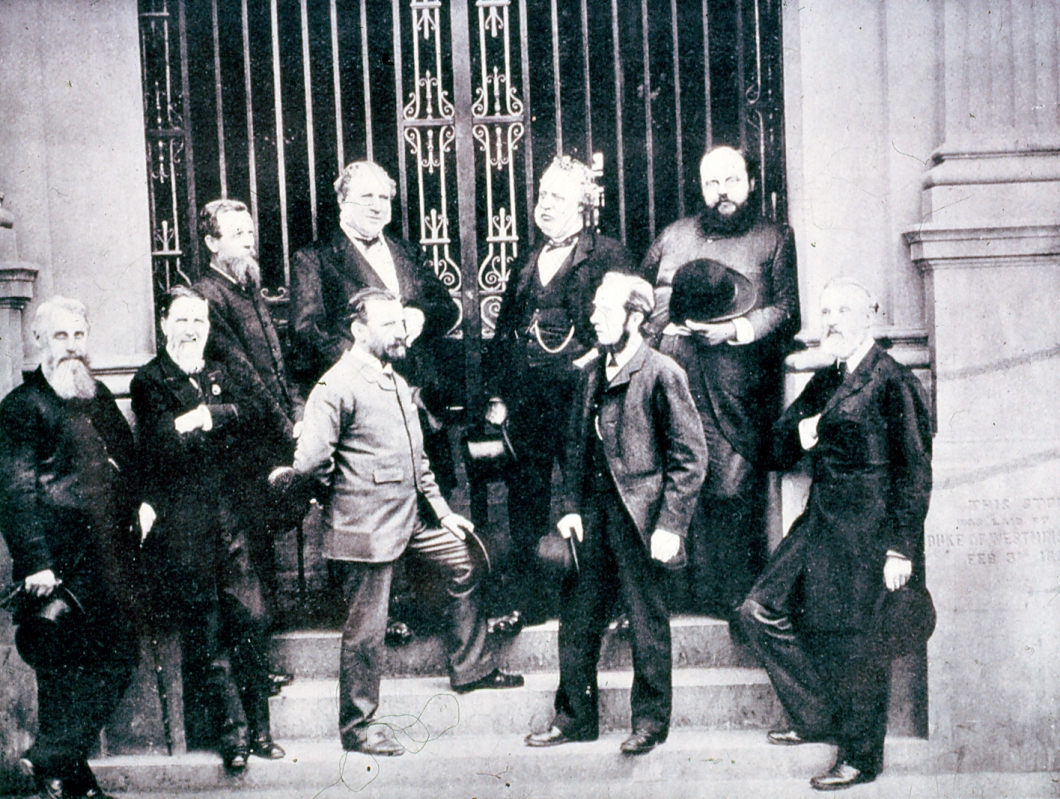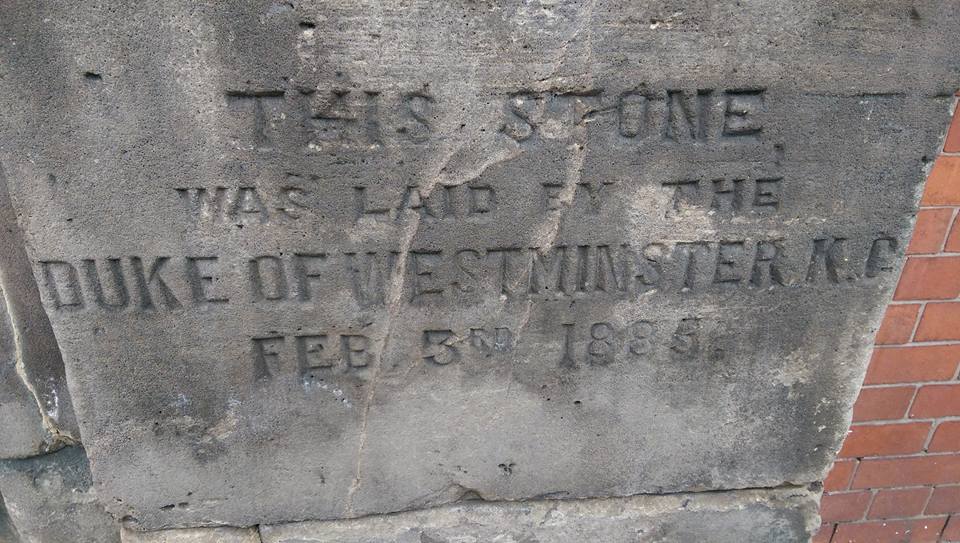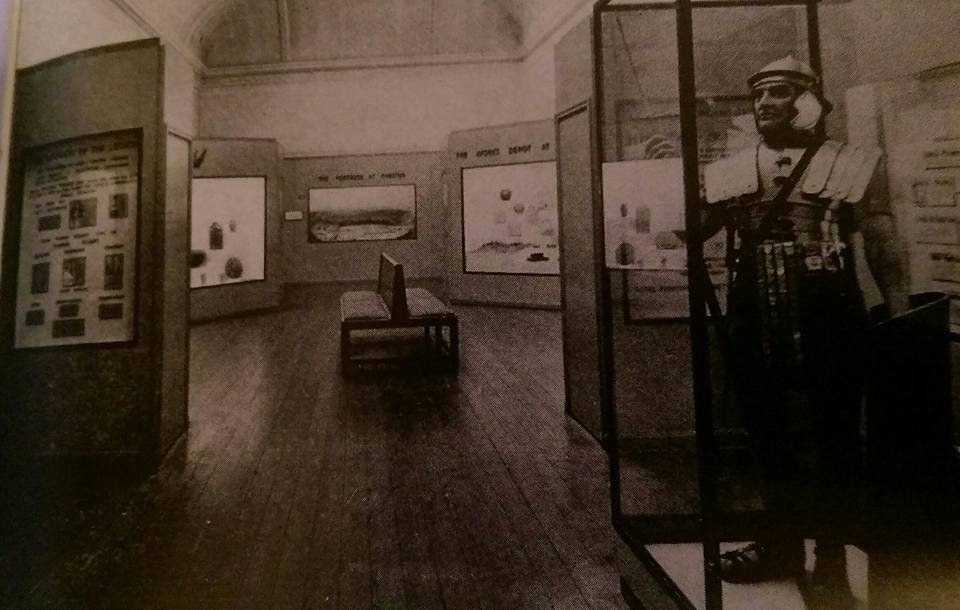This year the Grosvenor Museum is celebrating its 130th anniversary. Team leader at the museum, Richard Euston gave a talk about the history of the museum, which is noted for its collection of Roman tombstones, silver gallery and other relics of our city’s past/
The story begins with Charles Kingsley, who was Canon of Chester Cathedral from 1870 to 1873. Kingsley was founder of the Chester society for Natural Science. In 1872 he gave a an inspirational speech at the Town Hall on the subject of Heroism. The speech impressed Dean John Howson who called for a museum to be built to house the growing natural science collection, replacing the Albion Rooms on Lower bridge st which were not suitable for storage or display. An alliance with the Chester Archaeological Society , led to the Duke of Westminster calling for public subscriptions to fund a museum. The Duke donated £4000 and in total £11,000 was raised to fund the construction.

Thomas Lockwood was appointed as architect and in 1885 the Duke laid the foundation stone. The museum opened in August 1886. It’s style was typical of the period, being a mixture of austere and decorative styles. Original plans for gothic window arches were dropped and replaced a more functional style which allowed more light into the classrooms. The decorative figures above the entrance gateway represent Science and Art, and the roof is topped with peacocks and Talbot dogs.

Professor Robert Newstead (1859-1947) was the original curator, holding the post for 19 years. He had a huge impact on Chester and was later made a freeman of the city. With his archaeological partner Professor Droop he was involved in the excavation of the amphitheatre from 1929 onwards.
Originally managed by the societies themselves, in 1915 the City council took control of administration before taking full control in the 1930s.
In 1947 Graham Webster took over as curator. He had no forma experience but emerged as the only candidate as everyone else dropped out when they saw how much work was needed to revive the museum. When asked by the Council if he was up for the job he is said to have replied “Gentlemen I certainly could not make it worse”. Webster devised the Newstead Gallery, named after his predecessor, which opened in 1953. He also saved 20 Castle Street from demolition and created in it the first period room, the Victorian Parlour, which opened in 1955.

One anecdote described by Richard was the arrival of the Roman soldier figure. Webster was unhappy about the unrealistic looking legs of the figure, so he and his secretary drew hairs onto the legs. The Webster Roman is now situated next to the museum’s Education workroom. The angry Roman in the foyer arrived in 2000 and as a tribute to Webster, also has drawn on hairs on his legs.

Richard mentioned the subsequent curators up to the present day and their role in the life of the city. Notably, Dennis Petch was involved in the race to get the city excavated during the modernisation of the 1960s. Charles Nicholas Moore renovated the period house and founded the Museum’s society of friends in 1981.
In more recent years a Millennium makeover, partially funded by National lottery cash added a new lift in the entrance porch and other cosmetic improvements. In 2015 a 1940s themed cafe area was added and it is hoped that it will be useful for dementia workshops and inspiring memories in those suffering with the illness.

As for the future, Richard said that the museum aims to continue its current work. Building up to the 130th anniversary in the summer, the the Grosvenor is appealing for memories to build up a picture of the museum over the years. For a full programme of events see http://grosvenormuseum.westcheshiremuseums.co.uk/130-years/. A new exhibit will be my own Lego model of the museum which will be moving in very soon.
Current exhibitions:
Inspired by Gothic : http://thechesterblog.com/2016/03/06/inspired-by-gothic/
No comments:
Post a Comment